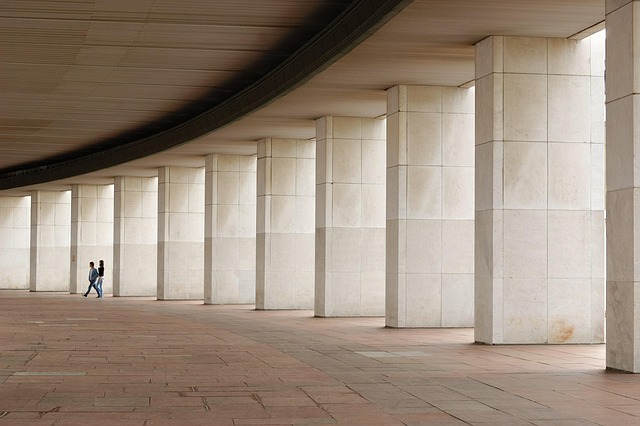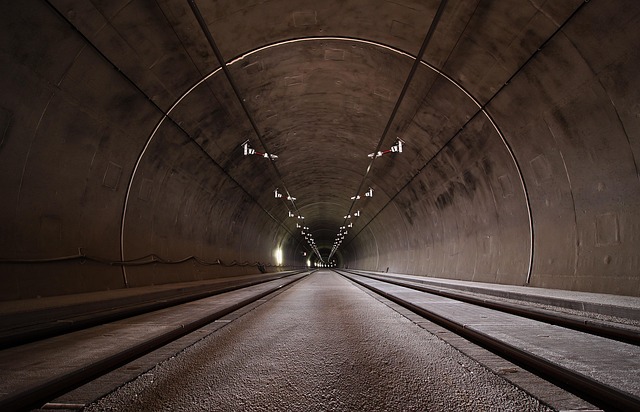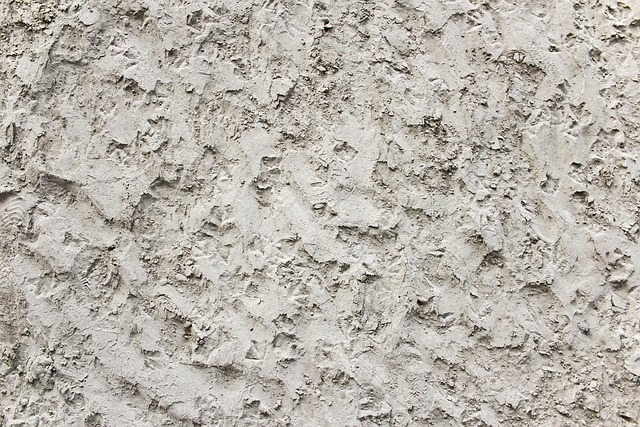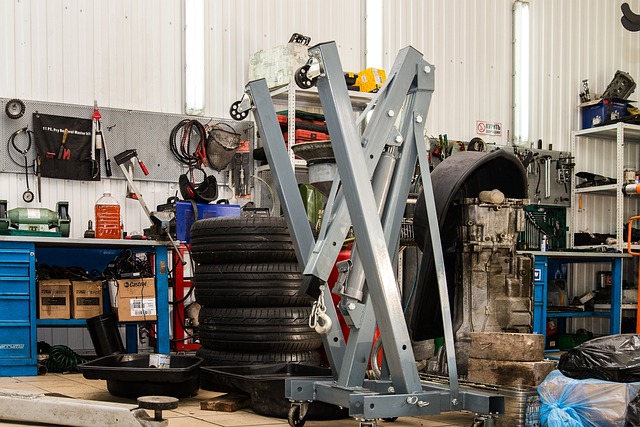Vertical formwork revolutionizes concrete construction by offering intricate design possibilities, faster processes, and enhanced structural integrity. This innovative system replaces traditional methods, allowing concrete contractors for concrete sealing and maintenance to achieve superior aesthetics and durability. By controlling surface quality and minimizing flaws, vertical formwork caters to diverse client needs, particularly for complex projects with unique designs. It offers faster construction times, improved structural soundness, and enhanced beauty, ensuring long-lasting durability in high-traffic areas. Concrete contractors can specialize in formwork systems, using traditional wooden forms for smaller projects, modern steel panels for larger complexes, or modular systems for all sizes, ultimately preserving the beauty and integrity of structures over time.
“Vertical formwork revolutionizes concrete construction, enabling complex structures with precision and efficiency. This article delves into the crucial role of these specialized crews, exploring their expertise in installing and maintaining formwork systems. From understanding the benefits and types of formwork to selecting the right professionals for your project, we guide you through the process. Discover why proper sealing and maintenance by concrete contractors are essential for structural integrity and how to choose reliable experts for your concrete sealing and maintenance needs.”
- The Role of Vertical Formwork in Concrete Construction
- – Understanding vertical formwork and its benefits
- – Types of formwork systems used for vertical concrete structures
The Role of Vertical Formwork in Concrete Construction

Vertical formwork is an innovative system that plays a pivotal role in modern concrete construction, revolutionizing the way structures are built. This method allows for the creation of complex forms and shapes, enabling concrete contractors to craft intricate designs with precision. By utilizing vertical formwork, crews can efficiently create molds for walls, columns, and other architectural elements, eliminating the need for traditional wooden planks or metal frames. This not only speeds up construction but also enhances structural integrity by ensuring cleaner, more precise concrete pouring.
For concrete contractors specializing in sealing and maintenance, vertical formwork offers numerous benefits. It facilitates better control over the quality of concrete surfaces, allowing for seamless integration of finishes and textures. Moreover, this system promotes longer-lasting structures as it minimizes potential flaws and imperfections that can arise from traditional formwork methods. As a result, concrete construction projects are not only completed faster but also boast superior aesthetics and durability, catering to the diverse needs of clients seeking expert concrete sealing and maintenance services.
– Understanding vertical formwork and its benefits

Vertical formwork is a specialized technique used in concrete construction, offering numerous advantages over traditional methods. It involves the use of vertical forms or panels that are erected around the concrete pour area, creating precise shapes and structures. This innovative approach is particularly beneficial for complex projects with unique designs, as it allows for intricate forms without the need for multiple layers of reinforcing steel. By employing vertical formwork, concrete contractors can achieve faster construction times, improved structural integrity, and enhanced aesthetic appeal.
For concrete sealing and maintenance, this method provides a solid foundation. The vertical forms create smooth, seamless surfaces, reducing the potential for concrete defects like cracking or uneven finishes. This longevity is especially valuable for high-traffic areas or structures that require long-lasting durability. Professional concrete contractors specializing in formwork can offer expert advice on the best practices for sealing and maintaining these concrete surfaces, ensuring their beauty and structural soundness over time.
– Types of formwork systems used for vertical concrete structures

When it comes to constructing vertical concrete structures, formwork systems play a pivotal role in shaping the final product. There are several types of formwork systems employed by experienced concrete contractors for concrete sealing and maintenance, each with unique advantages based on project specifics. Among them, traditional wooden formwork is still widely used for its cost-effectiveness and versatility, suitable for both small-scale projects and initial construction phases.
However, modern methods like steel formwork panels are gaining traction due to their durability, reusability, and speed in assembly and disassembly. These systems are particularly beneficial for larger projects or structures requiring complex shapes, as they can be easily modified and adapted to meet specific design needs. Additionally, modular formwork systems offer a balance between traditional and modern approaches, providing both cost savings and efficiency in construction.
Vertical formwork has transformed concrete construction, offering efficient solutions for complex projects. By employing specialized crews and advanced formwork systems, concrete contractors can ensure robust and precise structures. For seamless completion, maintaining and sealing concrete surfaces is vital, making dedicated concrete contractors an indispensable resource for top-quality construction outcomes.
